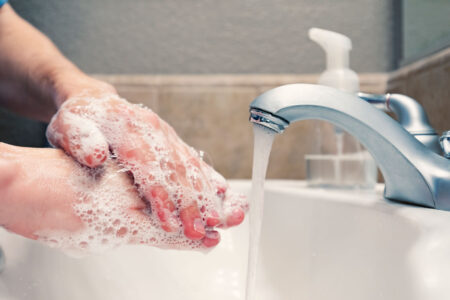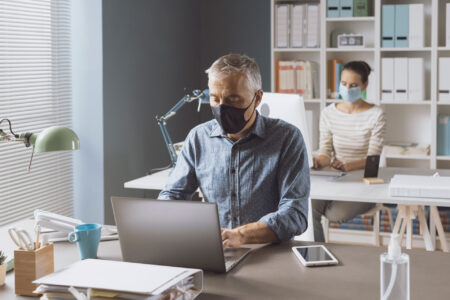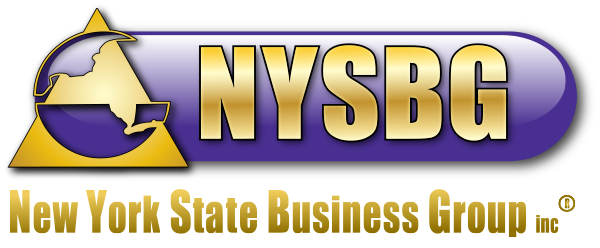The COVID-19 pandemic has and continues to have a significant impact on the ways in which we live our lives. And for many businesses, the “new norm” brought on by COVID-19 has necessitated changes in workplace safety measures in order to help keep employees, customers, and clients healthy. While a large number of businesses have adapted to this public health crisis by having employees work from home, this is not always a viable option. For those of you with businesses that require staff to be onsite, there are precautionary steps you can take to effectively help prevent the spread of COVID-19. In this article, we are going to go over some best practices and guidelines to aid in mitigating health risks to your workforce.
Basic COVID-19 Infection Prevention Measures
For most employers, protecting workers will depend on emphasizing basic infection prevention measures. As appropriate, all employers should implement good hygiene and infection control practices, including:
- Promote frequent and thorough hand washing, including by providing workers, customers, and worksite visitors with a place to wash their hands. If soap and running water are not immediately available, provide alcohol-based hand rubs containing at least 60% alcohol.
- Encourage workers to stay home if they are sick.
- Encourage respiratory etiquette, including covering coughs and sneezes.
- Provide customers and the public with tissues and trash receptacles.
- Employers should explore whether they can establish policies and practices, such as flexible worksites (e.g., telecommuting) and flexible work hours (e.g., staggered shifts), to increase the physical distance among employees and between employees and others if state and local health authorities recommend the use of social distancing strategies.
- Discourage workers from using other workers’ phones, desks, offices, or other work tools and equipment, when possible.
- Maintain regular housekeeping practices, including routine cleaning and disinfecting of surfaces, equipment, and other elements of the work environment. When choosing cleaning chemicals, employers should consult information on Environmental Protection Agency (EPA)-approved disinfectant labels with claims against emerging viral pathogens. Products with EPA-approved emerging viral pathogens claims are expected to be effective against SARS-CoV-2 based on data for harder to kill viruses. Follow the manufacturer’s instructions for use of all cleaning and disinfection products (e.g., concentration, application method and contact time, PPE).
–US Department of Labor, Occupational Safety and Health Administration (OSHA)


Being Smart and Staying Safe
As demonstrated in the above guidelines, some of the most effective ways to prevent and reduce the transmission of COVID-19 just require some basic common sense. And while precautionary measures such as washing your hands and covering your mouth when sneezing may seem obvious, the one person who does not take those steps can potentially lead to getting dozens or more people sick.
If you haven’t already, be sure to speak with each of your employees, providing them with detailed guidelines on how to best maintain workplace health standards. Also, providing visual reminders like posters throughout the office can further boost awareness and help keep employees healthy. The Centers for Disease Control and Prevention website provides free, printable resources which can help you accomplish this.

